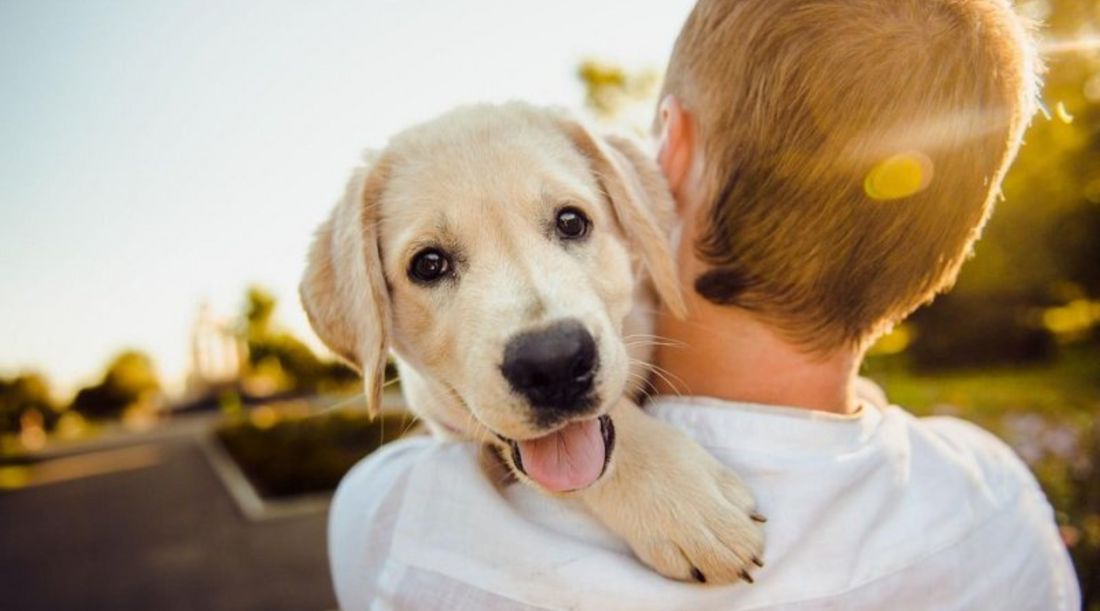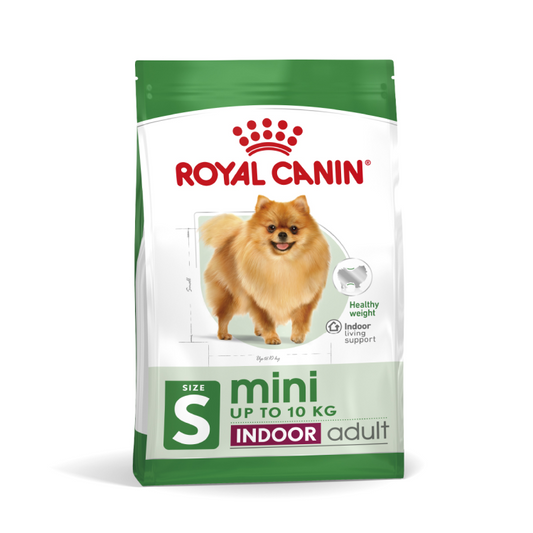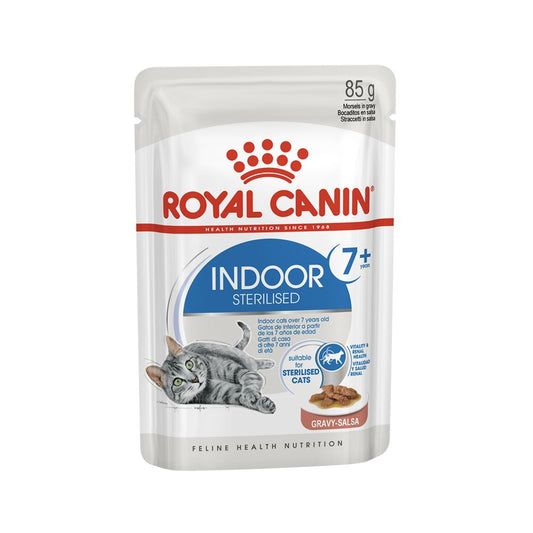Just like us humans, our pets experience a wide range of emotions. Your pet is prone to anxiety, just as much as you are. And just like us, anxiety can be treated. In this blog, we will talk about pet anxiety, how it arises and how to help your pet through it.
Table of content:
|
Why Does Your Pet Get Anxious?
Anxiety arises in your pets for various reasons.
-
Loud Noises
-
Travel
-
Moving houses
-
Change of routine
-
Vet Visits
-
Separation from owner
-
Ageing
-
Illness or physical pain
-
Environmental stimuli- Occurring in our environment that elicit a reaction or response.
How to Understand Anxious Behavior?
-
Anxiety in Pets can be spotted in their behaviors.
-
Anxious behaviors include aggression, increased vocalization, decreased appetite, pinned or pulled back ears, avoiding eye contact, urinating excessively, trembling and shaking.
-
Anxiety can result in stress which causes many health problems. For instance, many stressed pets suffer from urinary tract illnesses.

Can you tell if your dog is anxious by its tail wags?
Your dog’s tail says a lot about their mood.
-
A happy dog wags its entire tail and butt along with it.
-
If the tail is tucked between their legs, then they are scared.
-
A high-speed tail wag is an excited dog.
-
If their tail wag is dominated towards the left, that means they are experiencing unpleasant feelings like nervousness and anxiety.
-
Your dog’s tail and its direction of movement is a tell-tale sign of anxiety. Similarly, a cat’s tail’s position can also say a lot about its mood.
-
A high tail, with a hunched back, is a sign of fear and a low tail is a sign of anger and annoyance.
-
Along with their behaviors, be sure to notice their tail position and how it moves. This will help you understand your pet well.
Why does your pet act out when you're away?
-
If your pet acts out when you are away, it’s because they suffer from separation anxiety.
-
Separation anxiety is a common behavioral disorder in pets where the animal gets anxious when they are away from their owner. This is seen in pets who are overly attached and dependent on their family.
-
Separation anxiety is a big concern as it debilitates your pet from existing on its own.
-
This increases stress and can lead to crippling health issues. It is important to manage their anxiety.
Here's how you can do that.
Calming Techniques For Your Anxious Pet
1. Exercise
-
Anxiety causes excess energy so spending it by exercising is the best way to reduce it. Exercise includes walking, playing catch, tug, swimming and other active games. Activities are a great bonding opportunity with your pet while calming them with your presence.
-
Playing with your pets using interactive toys like the Laser Beam, Treat Maze or Interactive Tennis Balls will tire your pet, and use up their excess energy.

2. Desensitisation
-
Desensitisation is the repeated exposure to the fear/anxiety-inducing stimulus.
-
For instance, if your dog is afraid of cats, you can start by slowly introducing them to cats. Take them out and let them interact with cats, increasing these interactions incrementally.
-
And finally, you can bring a cat to your house and let your dog interact with them. This way your dog faces their fear head-on, but it still does not startle them.
3. Counterconditioning
-
Counterconditioning is when you provide a positive stimulus to a negative stimulus. This alters the emotional response from a negative response to a positive response.
-
For example, you can reward your cat when they interact with something fearful with treats like Catit Creamy Lickable Treats are good for counterconditioning training.
4. Physical Contact
-
Physical contact is a quick way to nip your pet's anxiety in the bud. When you spot signs of anxiety in your pet, cuddling or picking them up can quickly soothe them.

5. Create a routine
-
Leaving and returning at consistent times creates a routine for your pets too. Routines are a great way to manage separation anxiety in pets.
-
They will find ways to occupy themselves if they know around what time you will be back.

6. Assign a special toy or activity while you are gone
-
You can assign a special toy to your pet while you’re gone. This takes your pet’s attention from you to the toy and reduces their attachment towards you. This results in lower anxiety.
-
Toys like the Lambswool Cuddle Toys or the Chopped Tuna Collar can be great friends for your pets.
7. Calming Music
-
Music is a great form of therapy, even for your pets. Music can alleviate noise sensitivity by blocking loud noise like street sounds, that can scare or stress your pets.
-
According to research, Pets prefer classical music. Many symphonies for pets are proven to be relaxing and easily accessible online.
8. Diet and Nutrition
-
The diet your pet follows plays a role in their moods too. A poor diet can make your pet feel lethargic and weak, which can further stress them out.
-
It is important to ensure they are fed the right amount of supplements and are paired with the right amount of exercise.
-
Salmon Oil is a great supplement for your pets and will leave them healthy and happy.

Common FAQs Around Anxiety in Pets
How can I tell if my pet is anxious?
Anxiety can be spotted in your pets through their behaviors. Pacing around a lot, excessively vocalizing (meowing and barking), urinating in the wrong places, pacing a lot and many other unorderly behaviors are all signs of anxiety. If you’re still unsure, consult your vet about your pet's moods.
How do I leave my pet with separation anxiety?
You can start by training your pet to stay in one place as you roam around the house. This way your pet becomes used to not having you around. Before lengthy departures, play with them or exercise and spend their energy, which reduces their anxiety.
Will spoiling my pet increase their anxiety?
No. Spoiling your pet will not add to their anxiety. But yes if you pamper them too much, it can lead to them being more dependent on you which increases their chances of developing separation anxiety.
Conclusion
In conclusion, anxiety in animals is very common. It is important to spot the symptoms well and find ways to relax and calm them. Seek professional help when needed. If their anxiety is manageable, then home remedies and lifestyle changes are enough. Toys and treats are a great way to calm your cat and dog down.
Check out Marayam’s Pet for calming toys and more!







